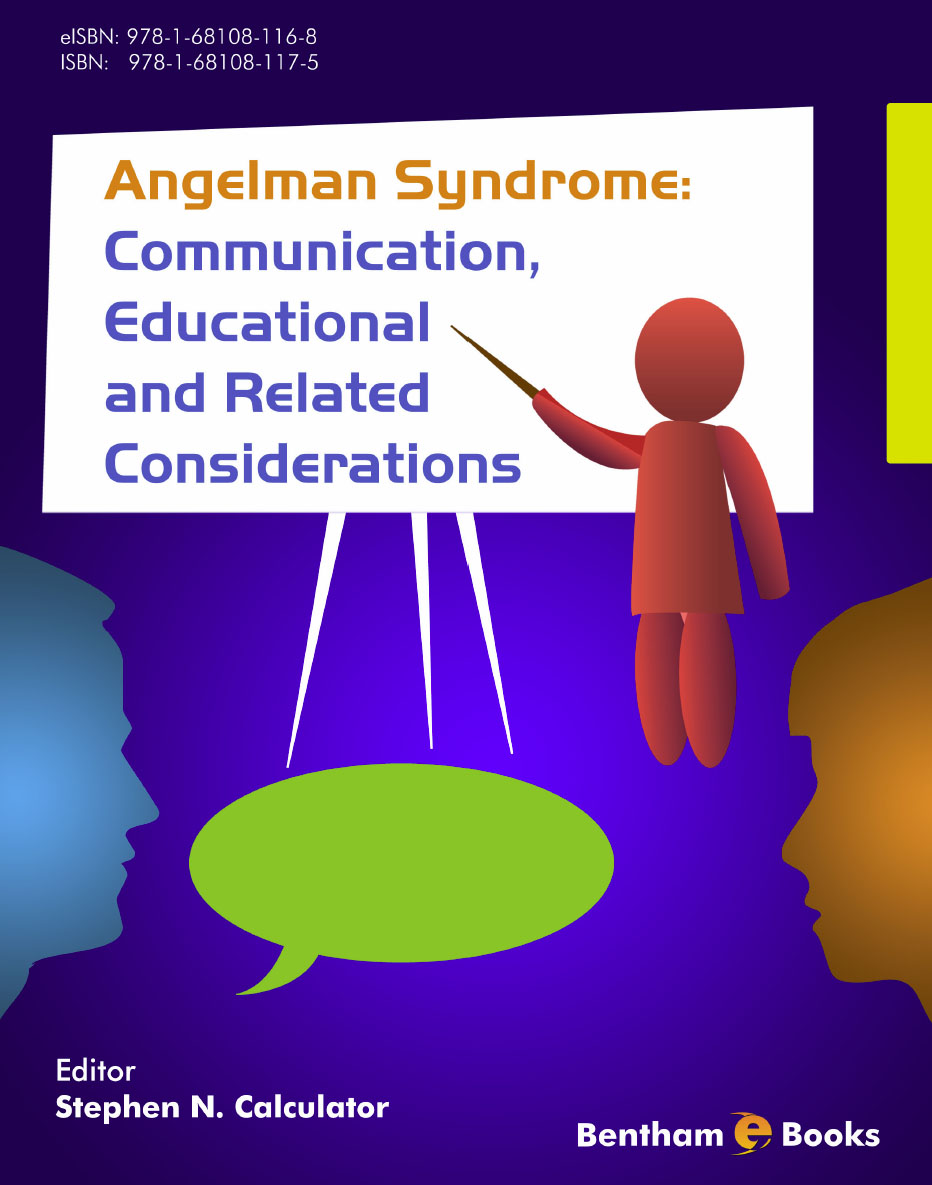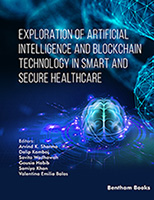Approximately 25 years ago, I found myself speaking at a conference in Washington, D.C. that was intended to delineate priorities for federal funding of research related to the education of students with severe disabilities. As I left the stage and made my way back to my seat, a member of the audience grasped my arm and pulled me towards her. She asked, “What do you know about Angelman Syndrome?” I indicated I had seen a few children with the syndrome, including twins, and had worked with their schools in developing communication, educational, and related programs. The woman beamed and proclaimed, “Then you are an expert in Angelman Syndrome.” I reiterated my limited contact with these individuals but undeterred, she repeated, “You’re an expert – we want you to help our school develop a program for our daughter in Virginia.”
I accepted the invitation and agreed to travel to Virginia to assist the school team in any way they might find helpful. Prior to the visit, I searched EVERYWHERE for information about Angelman Syndrome. Other than descriptions of classic characteristics, and rather foreboding prognosis, there was little useful information. Ultimately, I found myself relying on my knowledge of the general population of individuals with severe disabilities, tweaking this understanding to accommodate special features associated with AS.
I surmised the visit to Virginia went well when I was soon contacted by another parent, then another, and another. Professionals reached out as well, all looking for possible answers to conundrums presented by these children and adults. As much as I wanted to help, I often found I had more questions than answers. My research focus eventually shifted to communication considerations for individuals with AS. Fortunately the University of New Hampshire encouraged its faculty to engage in outreach/consulting. Soon I was focusing exclusively on Angelman Syndrome.
Approximately three years into this journey, I was contacted to provide a consultation for a school-age boy in North Carolina. His parents corresponded with me prior to the visit to express their fear I would not see their child’s potential and might instead reinforce his teachers’ low academic expectations of him. The visit went quite well – we even articulated both a short and long-term vision for the student that accommodated a belief that with the right supports his potential was boundless.
This boy’s Mom drove me to the airport and when I exited her car, she gave me an ornately wrapped present. She then departed. There was a major delay in my flight so, not being one who enjoys surprises, I opened the gift. It was a rather waxy, difficult to identify object in the general shape of an oblong. I scratched it, smelled it, and shook it but to no avail – I couldn’t identify it.
Upon arriving home in New Hampshire, I presented the object to my wife who conjectured it was soap. We wet it but nothing happened. Next we hypothesized it was a candle but to no avail as there was no wick. We remained stumped.
When I returned to work a few days later, I had a message from the Mom on my voicemail, “Thank you for dreaming with us and not letting others short-change our son. We were once told our son was a VEGETABLE who couldn’t learn and would end up in total custodial care. We hope you liked the “eggplant”. Maybe it will serve as a reminder to others that no child is a vegetable.” I keep that eggplant in clear sight in my office. It humbles me daily.
Individuals with Angelman Syndrome (AS) present a variety of challenges to educators, allied health professionals (e.g. speech-language pathologists, occupational therapists, and physical therapists), parents, and others. This book is intended to be a comprehensive resource that integrates theory with practical strategies aimed at optimizing individuals’ acquisition of the types of functional skills that can contribute to positive changes in their overall quality of life. Given the complex nature of AS, it was determined that in order to properly meet this goal it was essential to address individuals’ strengths and challenges from an international, multi-disciplinary perspective. As such, authors contributing to this book represent the USA, Canada, Australia, New Zealand, the Netherlands, Italy, Austria, and Sweden.
Readers will find that much of the content of this book has implications not only for individuals with AS but the broader population of individuals whose severe disabilities can be traced to other etiologies as well. However, the target group is indeed individuals with AS. With this in mind, authors were selected based on distinguished records of service to children and adults with AS. This includes not only substantive contributions to the scientific literature but also personal, hands-on clinical and educational experience.
The book begins with three prologues written by the parents of two children and one adult with AS. Parents were selected based on the editor’s personal knowledge of their efforts in securing state-of-the-art educational, augmentative and alternative communication (AAC), and related services for their families as well as others. These parents were encouraged to use an informal writing style in sharing their perspectives in a manner that might enable other parents and professionals to glean helpful insights into the myriad of obstacles they faced and surmounted. These writers were encouraged to address 10 points, if possible: (a) their reactions to the diagnosis of AS; (b) initial dreams and nightmares for their children, and how these changed over time; (c) impact of AS on their families; (d) changes in the focus of their children’s educational and other programs over time; (e) a description of their child’s current life; (f) their perceptions of the future role they might play in ensuring their children the best possible quality of life; (g) lessons learned along the way and corresponding advice they might like to share with other parents; (h) general take-away messages for professionals, including their expectations of these individuals; (i) their dreams for their children, and; (j) any concluding thoughts.
The book continues with chapter 1, Clinical Features, Medical Issues, and Diagnostic Testing in Angelman Syndrome, co-authored by Jennifer Mueller M.S., C.G.C., a Pediatric Genetic Counselor, and Charles Williams, M.D., Professor of Pediatrics, both from the Division of Genetics and Metabolism at the University of Florida. They share a special interest in neurogenetic syndromes and related conditions. Their chapter reviews the clinical and medical aspects of AS, discussing genetic mechanisms that cause AS, reviewing clinical criteria, and exploring its natural history. Implications for learning and overall function are presented.
Chapter 2, Learning Characteristics of Students with Angelman Syndrome and Related Instructional Strategies, is written by Erin Sheldon, M. Ed., an Assistive Technology and Education Consultant specializing in emergent literacy, with a particular focus on students with AS, in Kingston, Ontario, Canada. She provides further discussion of clinical features of AS, emphasizing learning characteristics, their relevance in meeting students’ educational needs, and implications for successful inclusion in academic instruction.
Stephen Calculator, Ph.D., Professor of Communication Sciences and Disorders at the University of New Hampshire, in Durham NH and member of the Scientific Advisory Committee of the Angelman Syndrome Foundation, is the author of Chapter 3, Broad Considerations Driving AAC and Related Instruction for Individuals With Angelman Syndrome. He discusses assessment and intervention considerations that are particularly well suited to the learning characteristics of individuals with AS that were discussed in the previous chapters. Dr. Calculator cautions against over-reliance on standardized assessments, presenting several alternatives that flow continuously to intervention planning and implementation. The latter are discussed as a set of ecologically valid procedures that can be integrated into naturally arising, meaningful activities throughout the day.
Chapters 4, 5, and 6 focus on issues to consider when attempting to foster communication and related skills in individuals with AS. Chapter 4, Overview of Augmentative and Alternative Communication and Special Considerations for Individuals With Angelman Syndrome, written by Stephen Calculator, reviews pertinent concepts that are associated with the four primary components of AAC systems: (a) symbols, (b) techniques, (c) devices, and (d) strategies. AAC is discussed as a viable means of augmenting and/or when called for, replacing existing communicative behaviors. Both aided (e.g. communication devices) and unaided (e.g. signs and gestures) systems are considered.
In Chapter 5, Fostering Communication Skills in Beginning Communicators, the principal authors are Jeff Sigafoos, Ph.D., Professor of Education in the School of Educational Psychology and Pedagogy at Victoria University of Wellington in New Zealand, and Vanessa Green, Ph.D., Professor in the School of Education, also at Victoria University. Their distinguished group of co-authors are Robert Didden, Ph.D., Professor of Intellectual Disabilities, Learning, and Behavior at the Behavioral Science Institute and School of Education of the Radboud University Nijmegen, The Netherlands; Mark F. O’Reilly, Ph.D., Audrey Rogers Myers Centennial Professor in Education and Chair of the Department of Special Education at The University of Texas at Austin, TX, U.S.A.; Giulio E. Lancioni, Ph.D., Professor in the Department of Neuroscience and Sense Organs at the University of Bari in Bari, Italy; and Peter B. Marschik, Ph.D., Associate Professor of Physiology and Neurolinguistics at the Medical University of Graz in Graz, Austria and affiliated with the Karolinska Institute in Stockholm, Sweden. Their chapter focuses on assessment and intervention considerations that relate directly to beginning communicators who rely primarily on pre-symbolic behaviors.
Next, in Chapter 6, Fostering Effective Communication Skills in Individuals With Angelman Syndrome Who Rely on Symbolic Methods of Communication, Stephen Calculator shifts the focus to individuals who are candidates for, and/or are already using, more advanced symbolic means of communication. Both unaided and aided methods are examined. Best practices corresponding to the four AAC components are delineated with an eye on promoting individuals’ acceptance and successful use of AAC systems.
In Chapter 7, Enhanced Natural Gestures: A Self-Administered Program for Teaching Communicative Behaviors to Individuals With Angelman Syndrome, Stephen Calculator provides a tutorial on an unaided method of communication that has been found to be particularly useful with individuals with AS, both beginning communicators and those using symbolic forms of communication. His tutorial is intended to enable teachers, parents, speech-language pathologists, and others to implement ENG instruction across multiple settings.
Chapters to this point include discussions of behavioral as well as more naturalistic approaches. Jane Summers, Ph. D., a psychologist and behavior expert at the Centre for Addiction and Mental Health in Toronto, Ontario, Canada, and member of the ASF Scientific Advisory Committee, authors Chapter 8, Application of Principles of Applied Behavior Analysis in Addressing Challenging Behaviors of Individuals With Angelman Syndrome, which ties these two approaches together. Among her many credits has been authoring and coordinating a series of practical, on-line modules for addressing challenging behaviors in individuals with AS, a project co-sponsored by the Canadian Angelman Syndrome Society (CASS) and the Angelman Syndrome Foundation (USA). Dr. Summers provides a highly practical overview of how applied behavioral analysis can be used to replace problem behaviors with more appropriate methods of communication.
Chapter 9, Comprehensive Literacy Instruction for Students With Angelman Syndrome, transitions from communication to a specific focus on reading and writing.
Erin Sheldon, who directs the Angelman Syndrome Literacy Project in Kingston, Ontario, Canada and Caroline Musselwhite, Ed.D., CCC/SLP, an Assistive Technology and Emergent Literacy Consultant in Phoenix, Arizona, who is a Fellow of the International Society for Augmentative and Alternative Communication (ISAAC), review principles of emergent literacy, highlighting specific adaptations, supports and opportunities that can be used to foster reading and writing skills in individuals with AS.
The book concludes with Chapter 10, The Role of AAC in Fostering Inclusion of Adults With Angelman Syndrome in Post-School, Home, and Community Settings. Co-authors Teresa Iacono, Ph.D., Professor of Rural Health and Regional Allied Health in the La Trobe Rural Health School at La Trobe University in Victoria, Australia and Hilary Johnson, Ph.D., Strategic Projects Advisor, Scope’s Communication and Inclusion Resource Center, also in Victoria, discuss social interaction processes as a foundation for examining the use of AAC to enhance the inclusion of individuals with AS at home, work, and in the community.
If the primary goals of this book are met, readers should walk away with increased confidence in their abilities to foster communication, educational and related skills in individuals with AS across multiple environments over the life span. They should be able to identify as well as implement evidence-based practices supported by the most recent research. A posture of cautious optimism may be called for as top researchers across the world search for a cure for AS. Whether this amounts to a full reversal of disabilities associated with AS and/or reduced severity of some challenges but not others, remedial efforts will remain extremely important. Collectively, the authors of this book implore readers to take up this challenge with a hunger for new knowledge and the skills to implement it.





